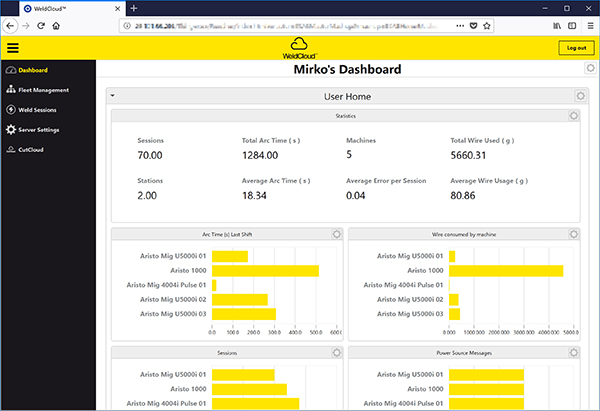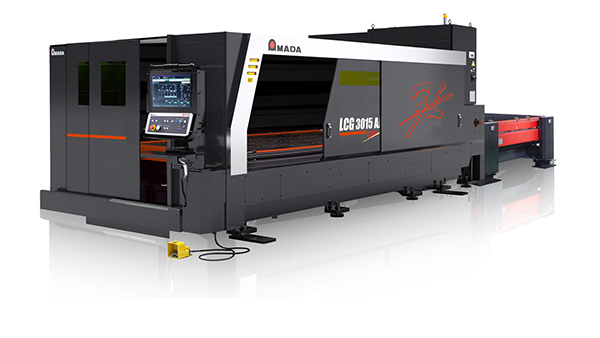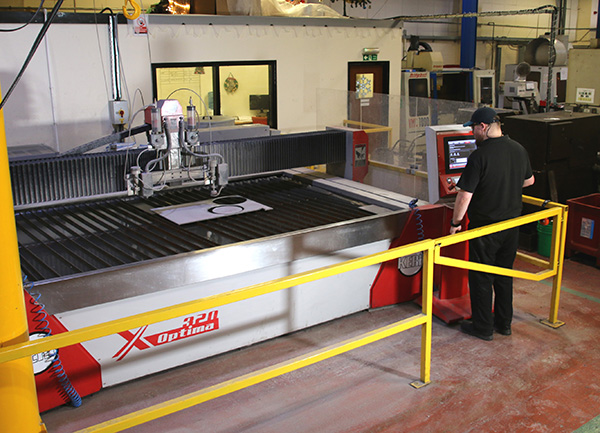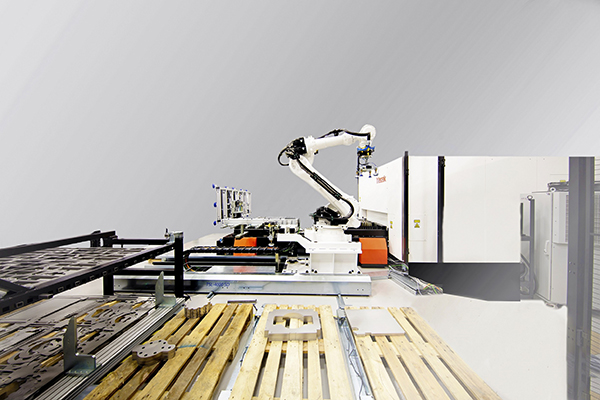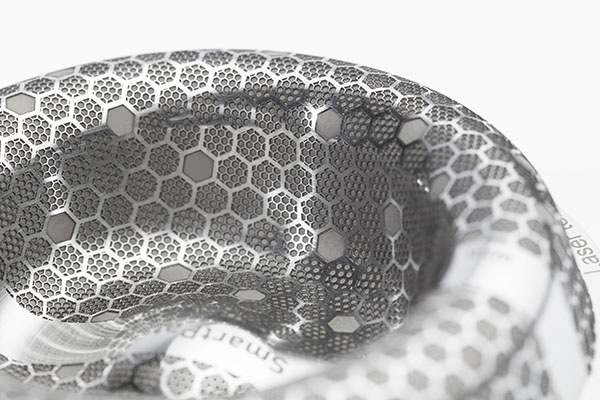To help fabricators and manufacturers drive continuous improvement in traceability, documentation, asset management, productivity and quality, Esab has revealed its newly developed Digital Solutions platform.

Esab Digital Solutions, including Esab WeldCloud and Esab CutCloud, is able to connect digital ecosystems for manual/robotic/automated welding and cutting automation, respectively.
The platform was officially demonstrated for the first time at the recent EuroBLECH 2018 exhibition in Germany, where it was powered by Microsoft Azure IoT and utilised the ThingWorx Industrial Innovation Platform from PTC.
“We collaborated with Microsoft because Azure allows for a reliable and secure architecture that sends data from a digitally connected system, directly to the cloud,” says Mike Pantaleano, VP data driven advantage/digital solutions, Esab. “Eliminating the need for an on-site server or large IT infrastructure especially helps job shops and smaller operations gain the benefits of data management. Our reference architecture using ThingWorx also allows for on-site and hybrid (on-site/cloud) configurations, enabling us to configure and scale a connected solution for companies of all sizes. The right digital solution lets customers focus on improving their core business activities.”
Without formal data analysis programs, welding and cutting operations tend to over-estimate equipment utilisation rates and under-estimate actual arc-on time when quoting products.
“If you can’t measure it, you can’t improve it,” states Pantaleano. “Some welding operations think they’re at 30 to 40% OEE when they’re actually in the mid-teens. The applications and dashboards that are part of Esab Digital Solutions enable customers to assess their current situation at a glance and then start building baseline numbers. Once they determine what their ‘steady state’ is, they can identify areas for improvement.”
For further information www.esab.co.uk






